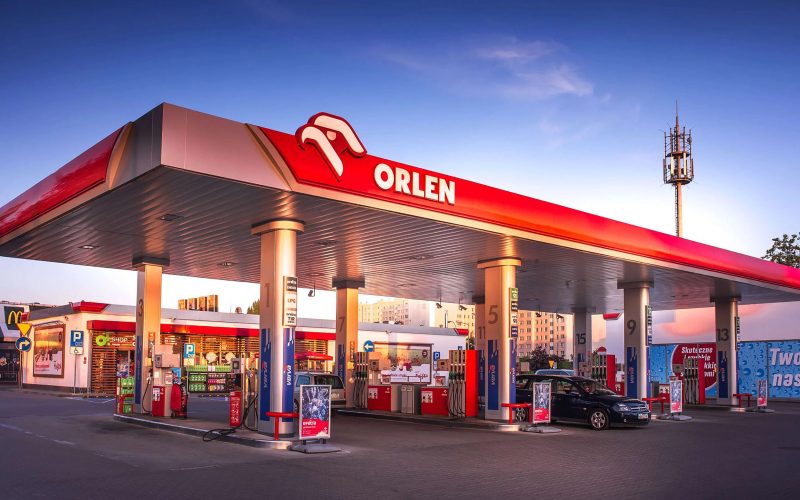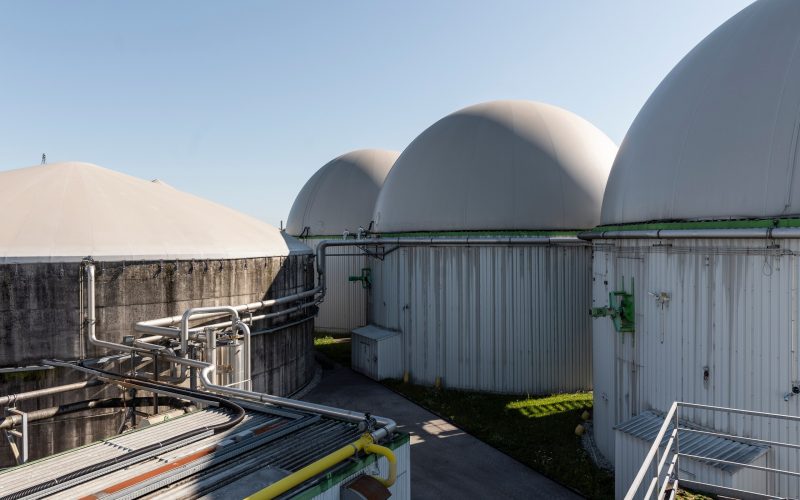CH on biomass — the experience of the Netherlands
Let us tell you about the city of Purmerend and its experience that can be useful for Ukraine. The city of Purmerend is located in a small province in the North-side of the Netherlands close to Amsterdam, with around 80.000 inhabitants.
Stadsverwarming Purmerend (SVP) is the DH system company, in charge of the heat production, and around 75 % of the buildings in the city are connected to this network. Purmerend is an efficient district heating center in the Netherlands that uses local CO₂ neutral resources in energy production. This is a large-scale network with a large number of connected clients.

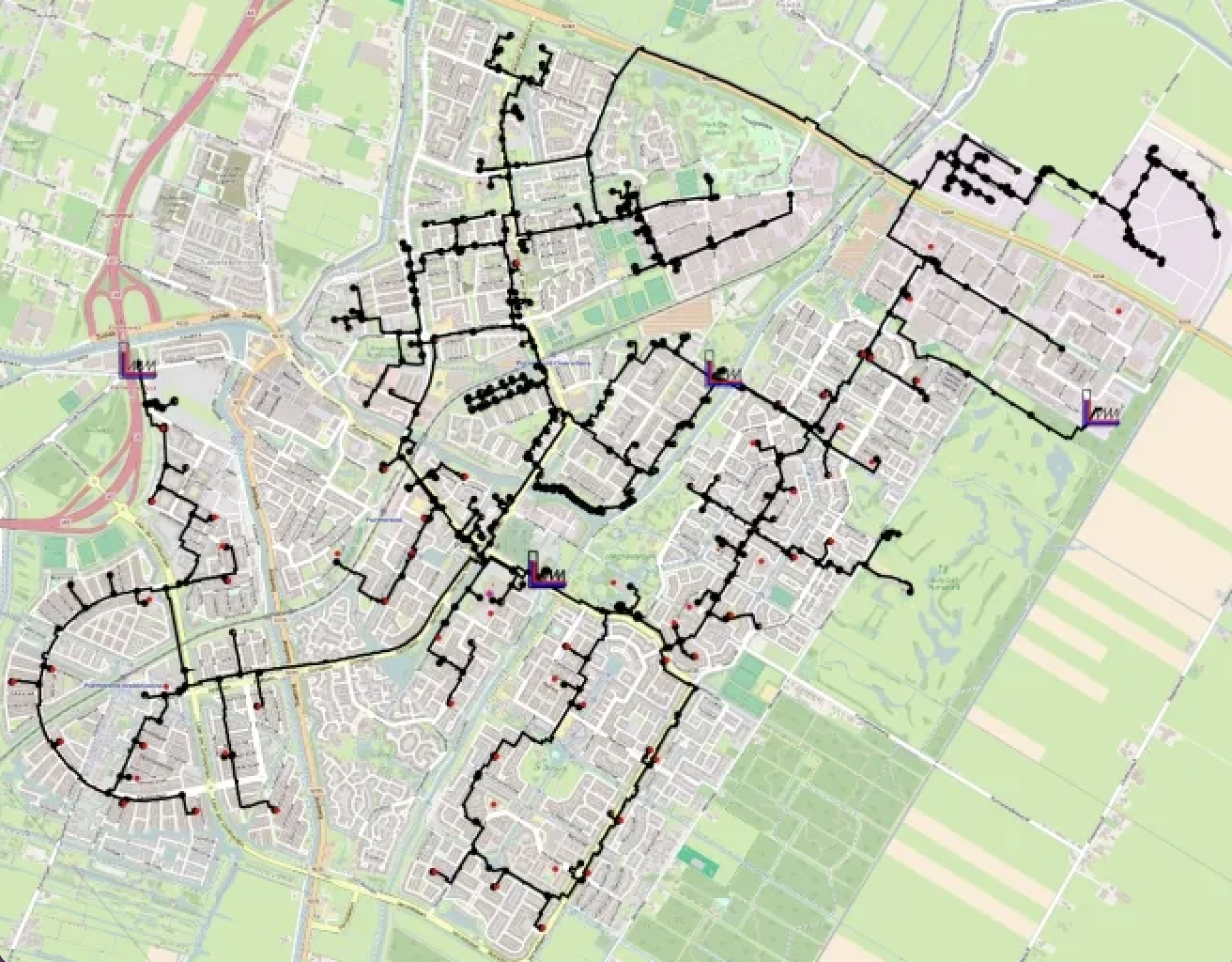
Network characteristics
The length of the DH network is around 600 km and the heat production comes from three production plants. One biomass-fired production unit that provides 80 % of the heat production and two gas-fired CHP plants are mainly used as spare/reserve capacity.
Due to many dikes and channels in Purmerend the network is constructed using a special strategy. The main network, which can almost be regarded as a transmission system, delivers heat to a number of substations. These substations are typically located in an area that is fenced in by dikes. A substation supplies typically 200 to 500 customers. Another specialty is a supply of district heating to houseboats.
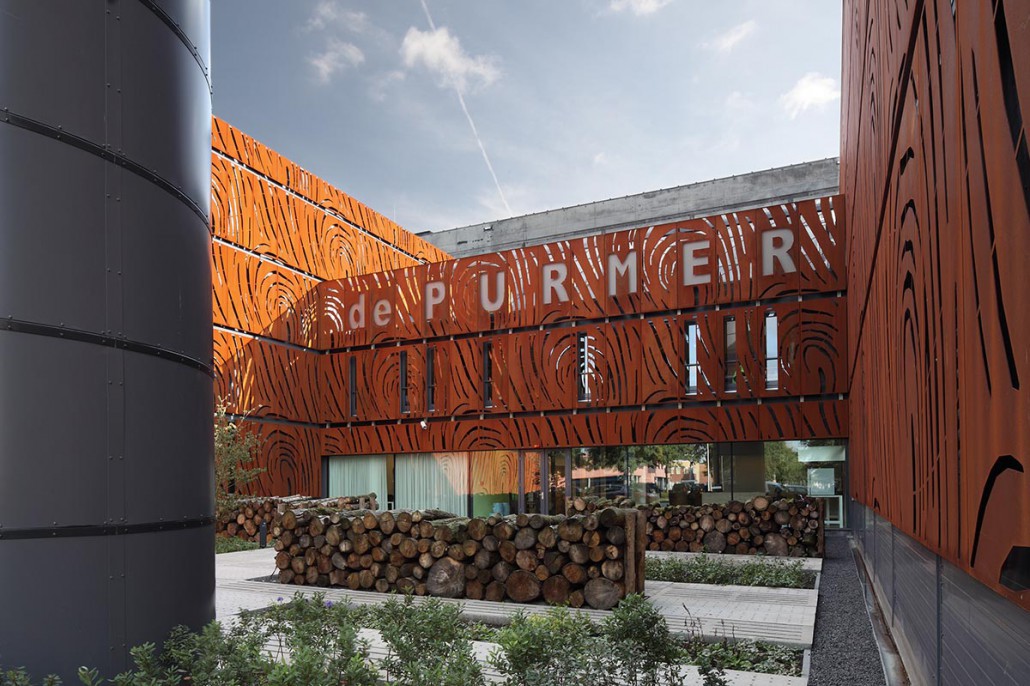
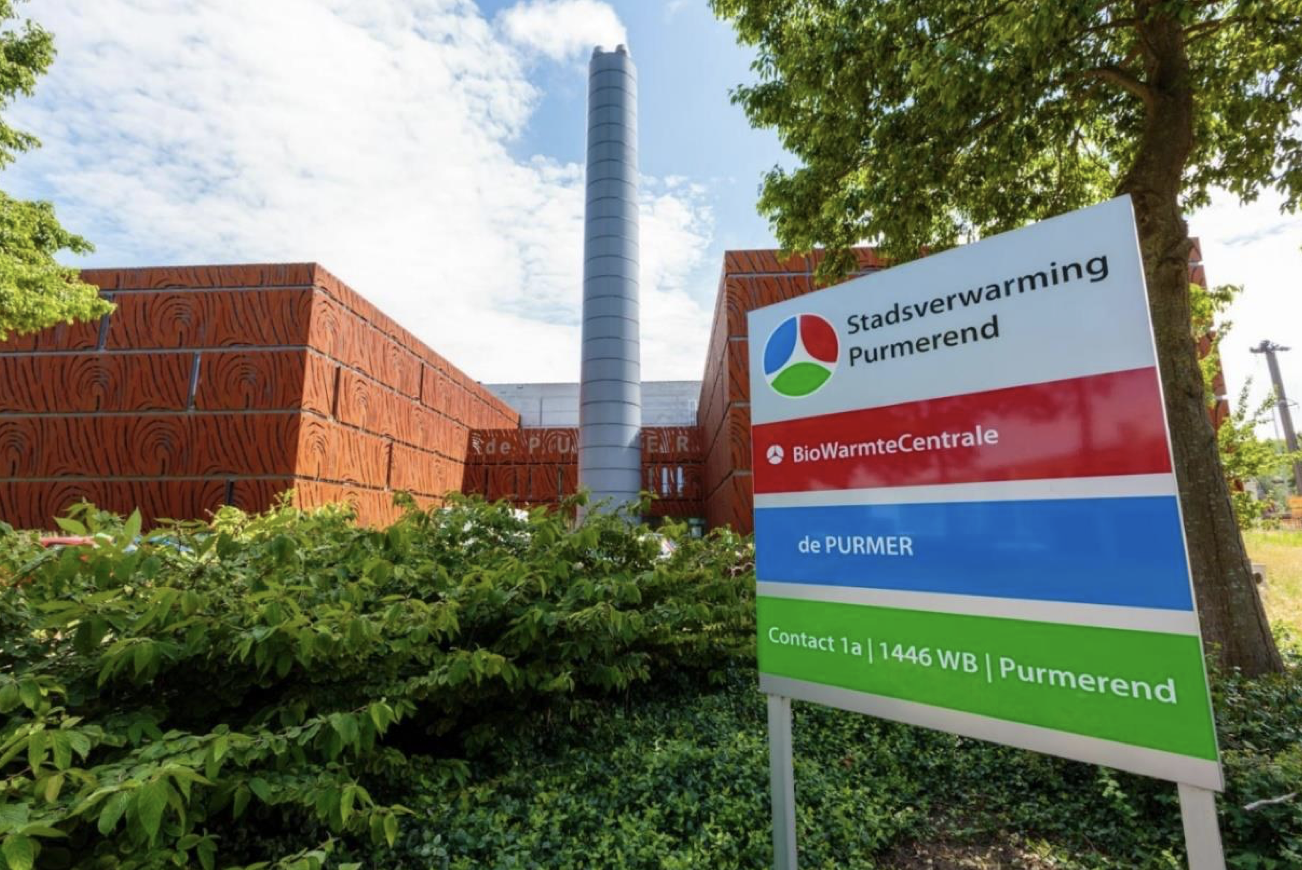
Biomass plant
The capacity of the biomass-plant is 44 MWth whereas their natural gas plants have a capacity of 79 MW and 22 MW.
The company uses around 100.000 tons of biomass annually. The heat demand and production from SVP varies during the year because in the winter period the heat is used for space heating and hot water whereas during summer it is only used for hot water.
The peak demand can then vary from 150 -20 MW depending on the outdoor temperature. The supply temperature in the network is on average 94 degrees while the return temperature is 50 degrees.
The total amount of substations in the network is 25.729 and the total amount of heat supplied by the DH is 345.058 MWh whereas the annual consumption is around 260.000 MWh.
The maximum peak load was 131 MW in 2016.
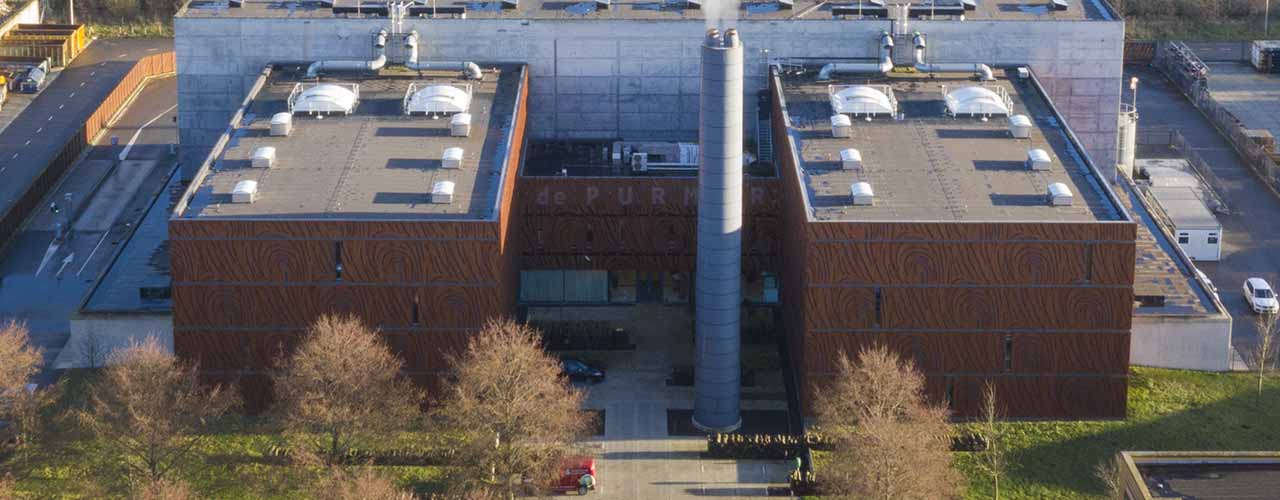
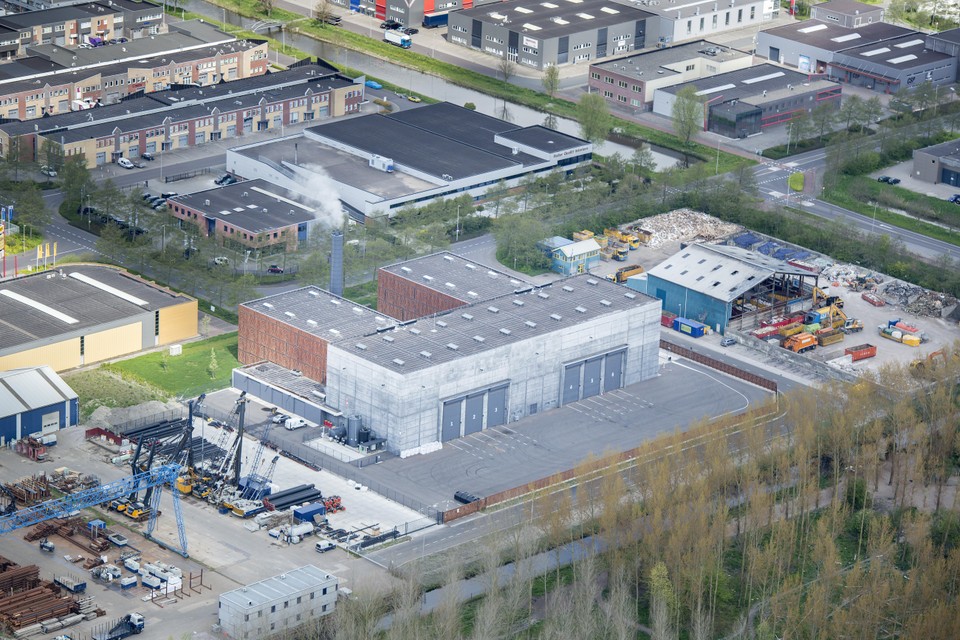
Difficulties of operation
The main challenges are the varying peak loads that can occur, which is leading to a lot of spare capacity.
Another challenge is the high-temperature regimes on both the supply and returns temperature, leading to a high heat loss percentage in the network.

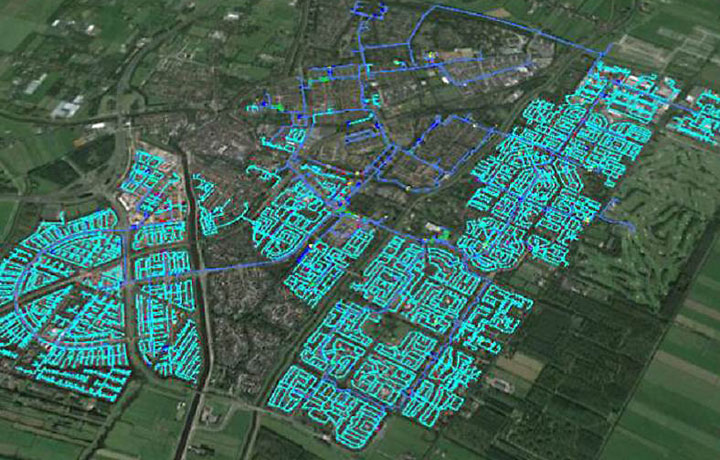
CH modernization
To optimize the DH network, several renovations in the district heating grid have been conducted by replacing old pipes with new modern pre-isolated pipelines. This has led to reducing heat losses by 10 %, water supply by 50 %, and unplanned service down by 84 %.
The plan is to low high-temperature regime due to the installation of TERMIS Master model with a “Flow temperature optimization model” (FTO). The FTO model can calculate the minimum inlet temperature in the network while ensuring that the consumers have at least their minimum supply temperature secured. The TERMIS return temperature model can optimize the consumers’ cooling of the return water, by identifying consumers with an insufficient cooling of the return water, enabling the DH Company to take action through e.g. incentives.
Purmerend (SVP) is considering the construction of a new biomass plant in the near future.
Source: Upgrade DH.
